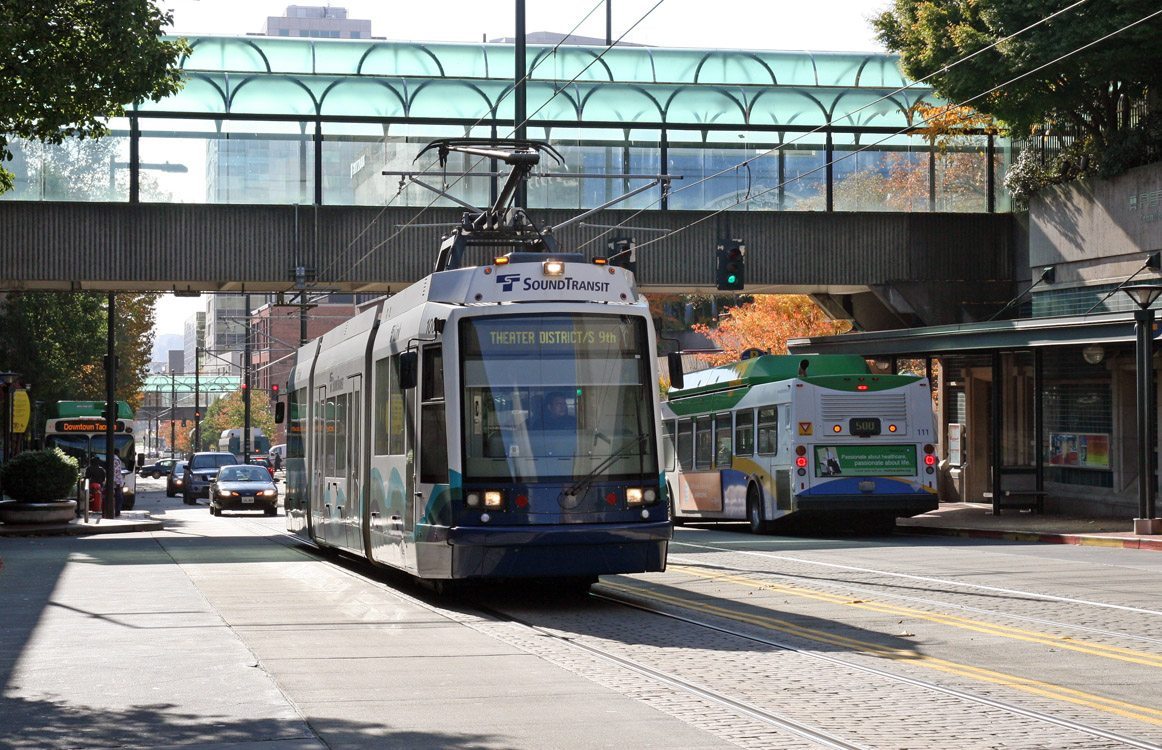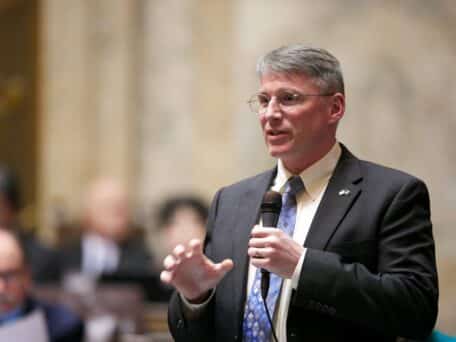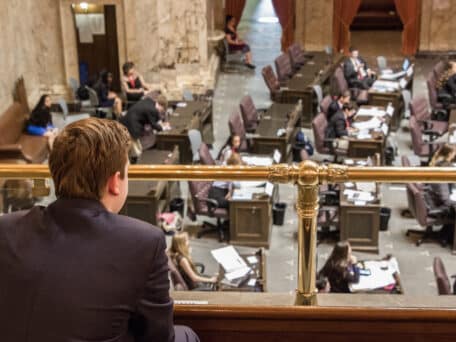Time and time again, Sound Transit has proven that it does not deserve taxpayers’ trust with their hard-earned dollars. Of course, that never keeps the untrustworthy agency from demanding taxpayers pay more and more.
Just as Sound Transit began gearing-up to push its latest tax hike scheme (ST3), the bureaucrats running the wasteful agency — once again — proved why taxpayers should not give them more money, especially not for the whopping $50 billion scam they are putting on the November ballot. According to a front-page story, Sound Transit spent more than $850,000 on the party to celebrate the opening on the Capitol Hill and the University of Washington light rail stations (that were both opened late and over budget).
The Seattle Times reports that taxpayers spent $28,000 to buy Sound Transit tote bags for the day’s riders. And, taxpayers spent $5,000 so that Sound Transit could purchase chrome-colored paper trains and $13,000 so the agency could purchase fare-card holders and lanyards for the VIPs in attendance.
KIRO Radio’s Jason Rantz points out:
“But that’s not all. Taxpayers spent a staggering $260,200 on event management that took over the course of a year. I was at opening day on Capitol Hill; it’s laughable that this took over a year to plan. It looked like a less exciting and paired down version of your typical Farmer’s Market, with booths and activists complaining about the cost of a light rail ride (it’s Seattle; of course there were complainers).”
Sound Transit’s justification for spending more than $850,000 on the party is that they planned on “recovering the investment, because since the opening, ridership has brought in $1 million more in fare revenue than predicted.”
Spokesman Geoff Patrick told the Seattle Times, “The launch of a system is a key moment to establish its presence and benefits to a population, so we really wanted to come out of the chute with high ridership.”
Of course, none of that makes any sense whatsoever. Sound Transit did not invest money on publicity for a new product it just launched. The vast majority of people who would use these stations are people would live in the neighborhoods the stations serve. Sound Transit did not need to spend close to $1 million on a party as an “investment.”
As Smarter Transit co-founder Maggie Fimia points out, “Supposedly the riders are there. That’s why they built these stations. That’s why they build light rail. So you actually have to throw a big party to get them to show up? It doesn’t make sense.”
Even the Washington State Department of Transportation (WSDOT) did not throw money around when it celebrated the opening of the 520 bridge. WSDOT secured private investors, including Microsoft and Delta Air Lines.
But for Sound Transit, the best private investors are the public taxpayers – it’s easier that way.




